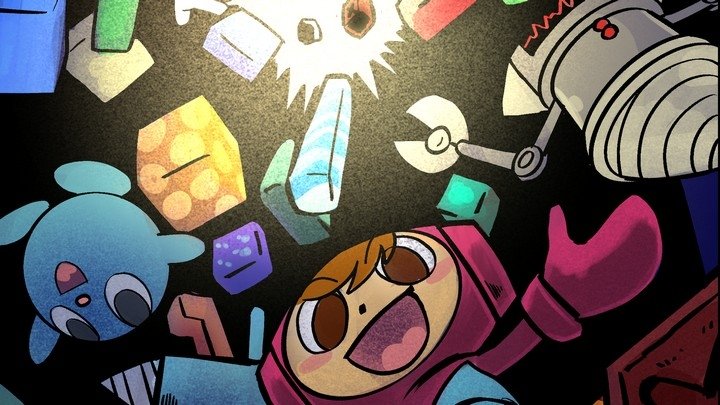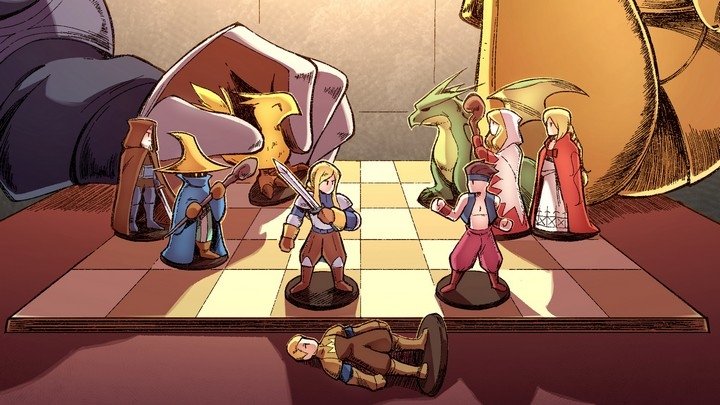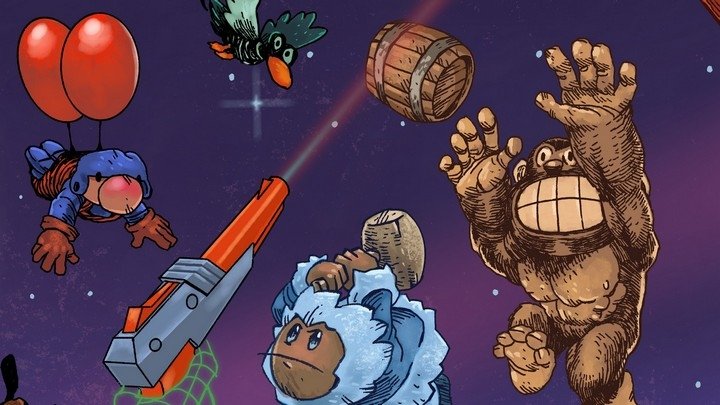Steamworld Dig 2 review: Transforming dungeon-crawler RPGs into platforming joy
A fantastic sequel proves once again that "genre" is an artificial construct.
Not too long ago, I found myself staring down the barrel of a dilemma: Should I play Etrian Odyssey V, the one game I might be anticipating most for 2017? Or should I take a swing at Steamworld Dig 2, the greatly expanded sequel to one of the 3DS's most remarkable out-of-nowhere surprise gems? Ultimately, I went with Dig, as I figured it seemed likely to be a far more compact experience — figured correctly, as when I eventually made my way over to Etrian V, the first of its five dungeon strata alone took me 16 hours to complete.
Ultimately, though, the choice turned out to be something of a false dichotomy. On many levels, the two games have much in common. Sure, one's a platformer and the other a turn-based RPG. At heart, though, both revolve around the act of exploring and mapping an increasingly hostile game world.
I compared the original Dig to a dungeon RPG back when I reviewed it, and the sequel increases that sensation to the Nth degree. The in-game auto-map helps a great deal in promoting this notion; Dig 2 takes places across a far more expansive and varied underground world than its predecessor did, and the on-screen dungeon map unfolds as a masterwork of real-time detail that carefully renders the dynamic path protagonist Dorothy carves for herself as she explores. As in the original game, your primary weapon in your quest takes the form of your trusty pickaxe, and you spend a lot more time chiseling away rock formations below ground than you do swinging at bad guys. Dorothy defines her own route into the subterranean depths, and the ever-changing on-screen map reflects the choices you make as a miner down to the block. It's really quite remarkable… not to mention invaluable.

But, OK, sure, lots of games have auto-maps. That alone doesn't account for why Dig 2 feels like Mr. Driller wandered toward the metroidvania genre and took a wrong left at Wizardry. Presentation doesn't hurt, but even more importantly, Dig 2 has the flow of a dungeon crawler — especially toward the beginning. Dorothy has only a limited amount of light with which to see in the gloom of the underground, and only a tiny bit of storage space in which to gather the resources she uncovers as she mines her way toward the goal.
The first few hours of the game are largely defined by a sort of dungeon RPG process loop: You venture into the mines, make a small amount of progress digging, gathering, and fighting, then return to the game's hub town once your resources and space become exhausted. Etrian Odyssey games work a lot like this, of course. Once your healer runs out of mana for casting restorative spells or you've exceeded your capacity to tote raw materials from the dungeon, you have to return to base to rest and trade in your collectibles. The cash you acquire goes into buying better gear, which will allow you to delve deeper into the labyrinth. And so it goes here, as well: The ores Dorothy finds underground help pay for stronger pickaxes, larger storage devices, and longer-lasting lamps. This allows you to dig deeper, find more valuable resources, buy more powerful equipment, and uncover unique new powers that open up new avenues for exploration. Eventually, Dorothy needs to return to town less often for healing/light/resource exchanges, and the action really opens up.

And I do mean open. Dig 2 has a far more complex internal geography than the original Dig, whose map pretty much just went straight down into the underground. The game had enormous charm and appeal, but the "dungeon" did begin to feel monotonous after a few hours… though, to its credit, it only lasted a few hours, so it didn't overstay its welcome. Dig 2 offers a meatier quest, and it supports the expanded amount of time players will spend in its caverns by changing up both the scenery and the hazards involved. There's a fairly expansive overworld looming above the tunnel system, and the desert scenery leads to several different caves that eventually feed into the primary mineshaft. Along the way, Dorothy encounters lost temples filled with pools of magma, strange caverns filled with bioluminescent rot, and far stranger scenarios that strain at the boundaries of the game's reality (imagine The Matrix starring Cthulhu). These adventures continue to be regulated by the dungeon crawler-like flow of the series' core design, but Dorothy's side excursions frequently minimize factors like light limits and resource-gathering logistics in order to allow you to focus on solving puzzles or making use of her growing arsenal of tools to navigate some intricate platforming situations that you can't simply tunnel your way out of. But now there's backtracking, shortcuts, and seemingly isolated spaces that feed into the primary quest.
The original Dig gave us a wonderful, unexpected surprise, a tiny little morsel of a game that arrived without hype or warning. It was short and a bit limited, but that very brevity helped mitigate those limitations. In many ways it felt like the rough draft for something bigger and better; that something, it turns out, would be Steamworld Dig 2. The sequel manages to build on its predecessor in meaningful ways without abandoning the core mechanics (and the exploration loop) that made the original so addictive. This is one of those rares games whose high-level concept really can be visualized most effectively with its map: Dig 2 retains the central concept of its predecessor, rendered here in the form of the central mineshaft, while incorporating a variety of side areas (some of which turn out to be quite enormous in scale) to mix things up. It retains the tight control scheme and general power-up progression of the original Dig while introducing enough new elements to feel like its own creature. And the story expands on the bare-bones plot of the original while allowing one of Dig's more likable side characters a chance to shine.

In short, it's exactly what you want from a sequel. And at about 10-12 hours in total length (Dig 2 has a habit of introducing surprisingly substantial new objectives every time you feel like you've nearly reached the end), it hits the perfect sweet spot between substantial adventure and a compact enough adventure to serve as a perfect dungeon-diving hors d'oeuvre to whet your appetite before you set off into Etrian Odyssey V.




